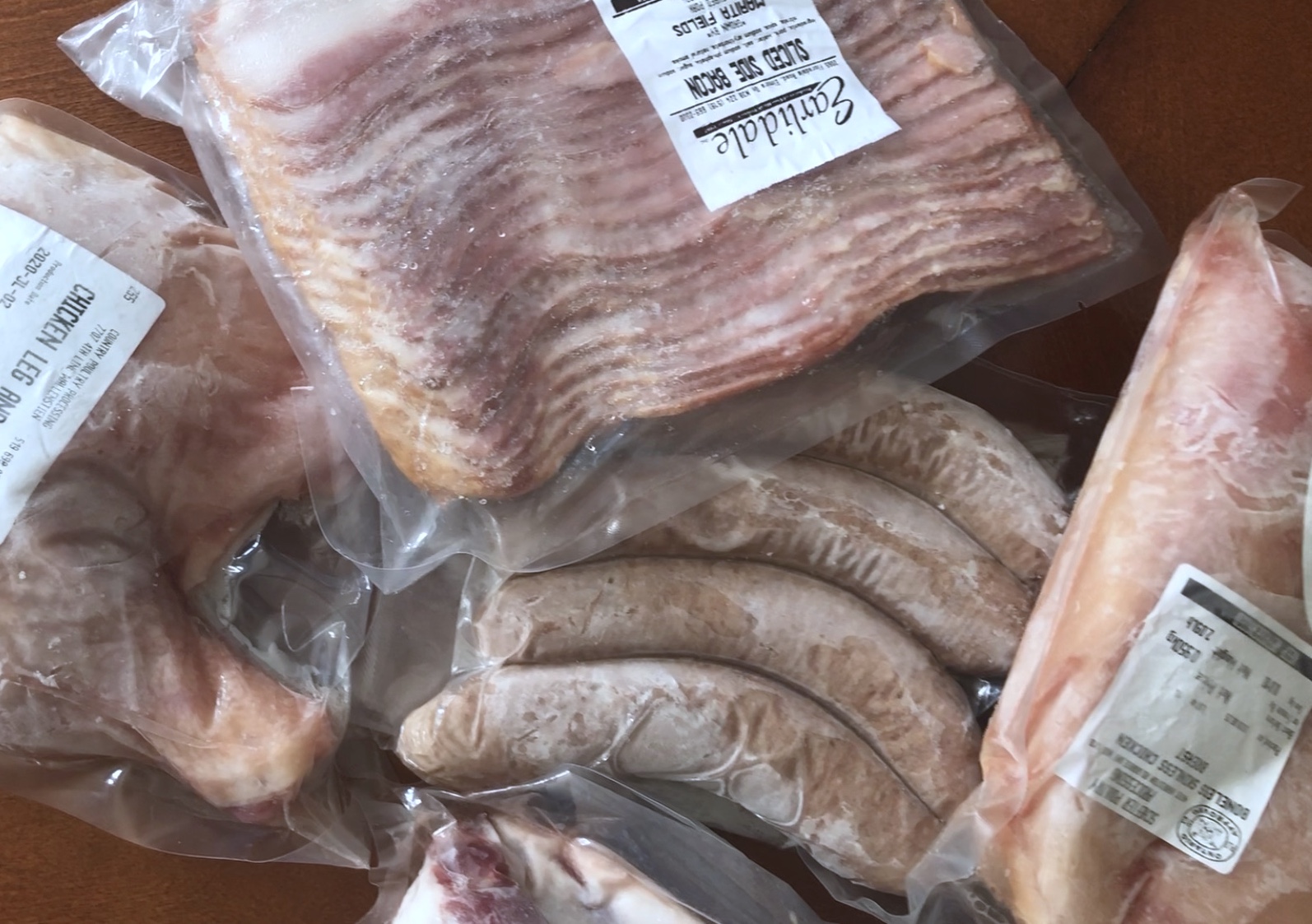Get $60 OFF throughout your first 2 boxes with code HOLIDAY60.
Offer ends in ::
Set your location to shop products local to you.
NIKU Farms
Thank you for your feedback!
If you requested further assistance, you’ll receive an email confirmation and we’ll follow up within 24 hours.
Got more questions? Start a new chat.
End chat
Are you sure you want to end the chat?
Cancel
Are you sure?
Your response has not been submitted. To process your request for further assistance, please hit the 'Back' button below, complete the form and submit your request.
Close Chat
Properly defrosting your food reduces the risk of harmful bacteria multiplying and prevents food poisoning. Thawing dinner during the day may seem customary for many home chefs, but did you know leaving it on the counter is not the safest way to defrost your food?

Keep reading to learn the proper ways for defrosting your meat, and when the best time to take out your food for thawing is.
In the refrigerator:
The fool-proof safest way to defrost your meat is to place it in the refrigerator until it’s completely thawed. This ensures your meat never falls below room temperature and prevents any bacteria from multiplying. Be sure to give your meat lots of time (around 24 hours) to fully thaw in the refrigerator before taking it out to cook. To avoid cross-contamination in the fridge, try your best to defrost on the bottom shelf and in a small plate/pan in any case of leakage. P.s. we suggest placing the meat on a plate just in case there are some minor leaks or condensation.
In the microwave:
If you don’t have 24 hours to wait for your meat to defrost, the microwave is a fast way to thaw your meats safely. However, be sure only to use the microwave if you intend to cook your meats right away! Take off all packaging and place your meat on a microwave-safe plate and cover it. Choose the defrost setting on your microwave and you’re good to go! Just remember to keep an eye on your meat in case the microwave begins to cook it.
In cold water:
Another way to safely defrost is by submerging your meat under cold water. Leave the packaging on and place it in a bowl filled with cold water to thaw. Take extra care to make sure your entire meat is submerged in water, and that it is in a leak-proof package or container. (NIKU Farms will always provide your meats with one.) For small cuts, it takes around 20-30 minutes to fully thaw under cold water. But for cuts larger than 1lb it may take around an hour or two to fully thaw – so allot your time accordingly!
All of our meats are flash-frozen and delivered directly from our farms to your front door. Although we pack our boxes with fully insulated biodegradable liners and recyclable iced gel-packs, sometimes the meats begin to defrost on its journey to you. There is no need to worry though – as long as you can still see ice-crystals and it is cold to the touch, your meat is safe to re-freeze or fridge.

when you subscribe to our mailing list.